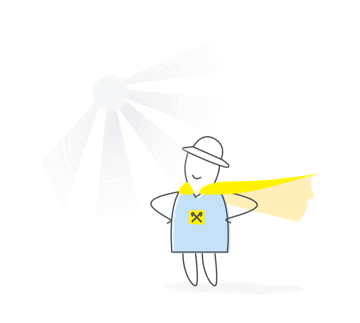Public Procurement: Awaiting Change
The Verkhovna Rada adopted a new version of the Law of Ukraine “On Public Procurement”. For bill No. 1076, which was put to the vote on September 19, 2019, 292 deputies cast their vote. Will he bring radical changes? Understood together with Alexei Kot, Doctor of Law, Managing Partner of the Antika Law Firm.
The new version of the Law of Ukraine “On Public Procurement” is a rather controversial document. On the one hand, a number of important and positive changes were made to the regulation of the procurement procedure that the market had long been expecting. On the other hand, many of the provisions are rather ambiguous. The practical effect of individual innovations can be evaluated only after their implementation in practice.
Among the important positive innovations:
- extension of evaluation criteria. The adopted version of the law provides for a new criterion that is quite clear and easy to apply - “life cycle cost”. In fact, this is the price, which includes the costs of the use and maintenance of the subject of procurement for a period specified by the customer. Such an innovation, on the one hand, is positive, since it allows a more flexible approach to the election of a winner. On the other hand, it provides a wide field for manipulation. After all, it is still unknown how customers will seek to provide tenderers with, for example, declared prices for servicing purchased equipment. What will happen if the prices for spare parts indicated by the participants in the tender offer, in fact, are higher?
- the possibility of correcting errors in the submitted documents: aims to eliminate the likelihood of rejection of the proposal on formal grounds - due to the lack of a page in the copy of documents, incorrect registration of the certificate and the like.
True, the new version of the law raises mainly questions to the wording of the corresponding norm. In particular, article 29 of the law provides for a request for elimination of errors only if “inconsistencies in the information and or documents provided by the participant in the tender offer and / or the provision of which was required by the tender documentation” are discovered. Moreover, such discrepancies should relate to the documents:
1) confirming the compliance of the procurement participant with qualification criteria in accordance with Section 16 of the Law;
2) in confirmation of the right to sign the tender proposal and / or the procurement contract.
But can it be considered, in particular, to provide a copy of not all pages of a document as a discrepancy? Lack of any formal details on the certificate (for example, dates)? Therefore, the question of what exactly should be considered inconsistencies remains open.
Among the critical innovations, the results of which are still difficult to evaluate, we can distinguish:
- new “simplified” procurement procedure. On the one hand, its necessity is quite obvious. On the other hand, the terms provided for this procedure actually make it a purchase “for their own”. Indeed, during the period of 5 working days specified by law, to submit a proposal, only a company will be able to find a purchase in the system and prepare all the documents in a timely manner, which will daily monitor the site.
- the creation of centralized organizations. The idea, in principle, is not bad - to give the opportunity to purchase standard products for customers centrally in one procedure. This will reduce the cost (due to a larger wholesale discount) and, theoretically, strengthen control over “small” purchases. At the same time, how such an organization will operate, the Cabinet of Ministers of Ukraine must determine. However, given the Ukrainian realities of public procurement, such a scheme could just become a new centralized tool for the “development” of budget funds on an enlarged scale.
The new version of the law also contains many smaller short stories, which are mainly aimed at improving the procurement procedure as a whole and closing the gaps identified in the process of activity. However, the adopted law does not contain critical changes to the public procurement procedures, which would significantly reduce the possibilities for making purchases “for one's own” company. Therefore, the main problem of the public procurement procedure is still open.















